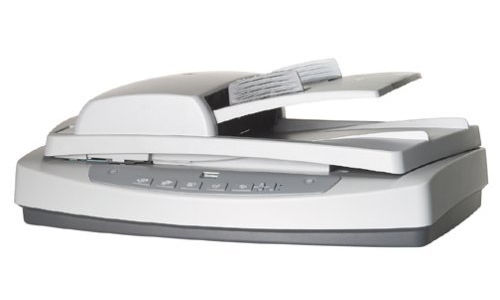There are different features of scanners, for example, they may include high speed USB 3.0, as well as compatibility with older USB standards, such as USB 2.0 and USB 1.1. In general, scanners should have at least 480mbps of data transfer to ensure better performance and productivity. Some high-end models are equipped with FireWire interface and this should allow scanners to provide us with professional and advanced features. However, FireWire and USB interfaces are not hot swappable, but this could mean that scanners won’t easily be plugged and unplugged from different devices. Older scanner models may still include parallel ports and SCSI. This should be acceptable if we want to connect to older computer models. FireWire and dual Hi-speed USB interfaces should help us expand our range of possible connections with different peripherals and devices. Scan speed is another feature of scanners that we need to consider, but they could be somewhat harder to determine. This is particularly true because the type of scanned material could determine the scan speed. Depending on the media and the complexity of the document or image, the scan speed could run from a few seconds to a several minutes.

We should make sure that we can obtain better scan speed. Acceptable scan speed should be determined on color bit depth, resolution setting and the processing performance of the computer. That’s the reason why scan speed claims can be somewhat misleading. We should be satisfied with both the preview and actual scans. It would be a good idea to choose scanners that receive good reviews from tech magazines and websites. These scanners should work well on standard paper size with normal picture resolution and color depth. Although we could be an average user, we should choose models that are somewhat larger than the bare minimum, so we could still scan some larger documents occasionally. Scanners have different dynamic range and we should be able to capture an image’s tonal range. Scanners should be able to scan the image from the darkest shadows to the brightest highlights. In general, dynamic range could be between perfect white at 0.0 or perfect black at 4.0. Scanners could have different dynamic values, such as Dmin 0.2 and Dmax 3.0.
Dynamic range is an often discussed topic in the scanner market and it is particularly important when we want scan transparencies, negatives and slides. Compared to normal photos, these types of media could have wider range of tones. Scanners with higher dynamic range could also make a difference. Common flatbed scanners are equipped with between 2.8 and 3.0 dynamic range. However, some manufacturers may not reveal the true dynamic range in their manual, so we may need to find it out, whether these scanners are capable enough to deal with unusual media. In general, scanners are important equipments for modern computer users and they are typically a direct opposite of printers. This is particularly true when we have many older photographs that we want to convert to digital form.










Comments are closed.